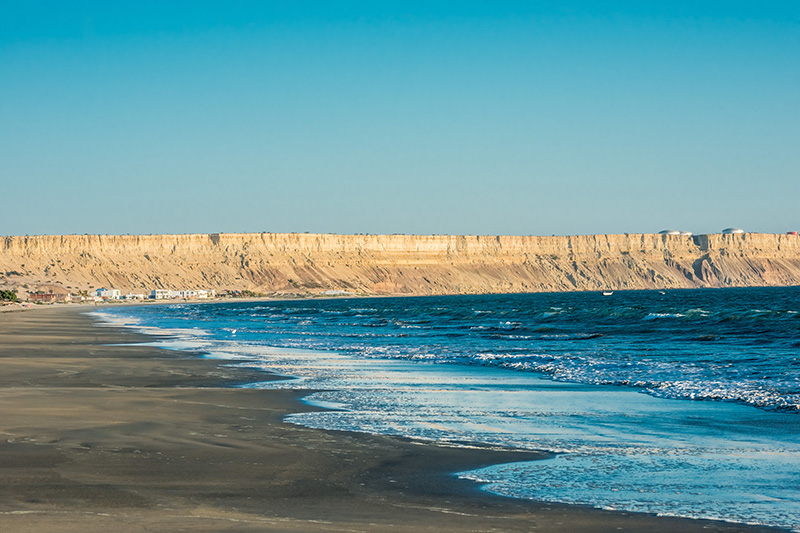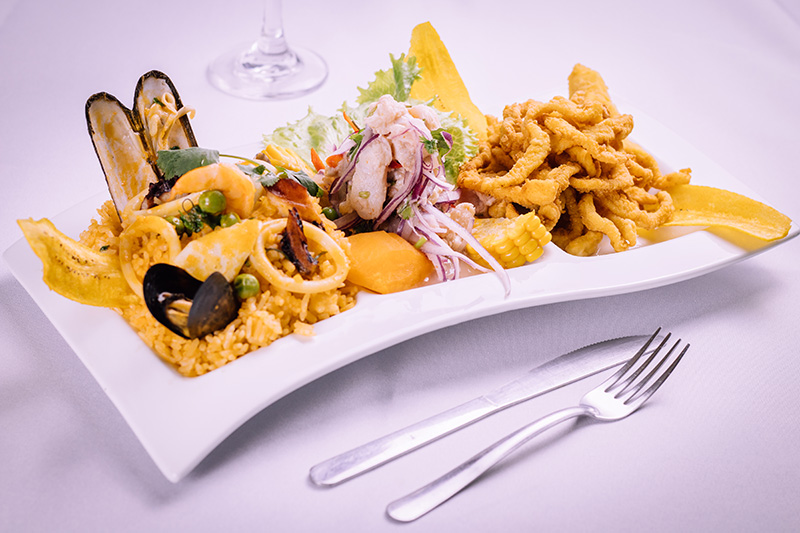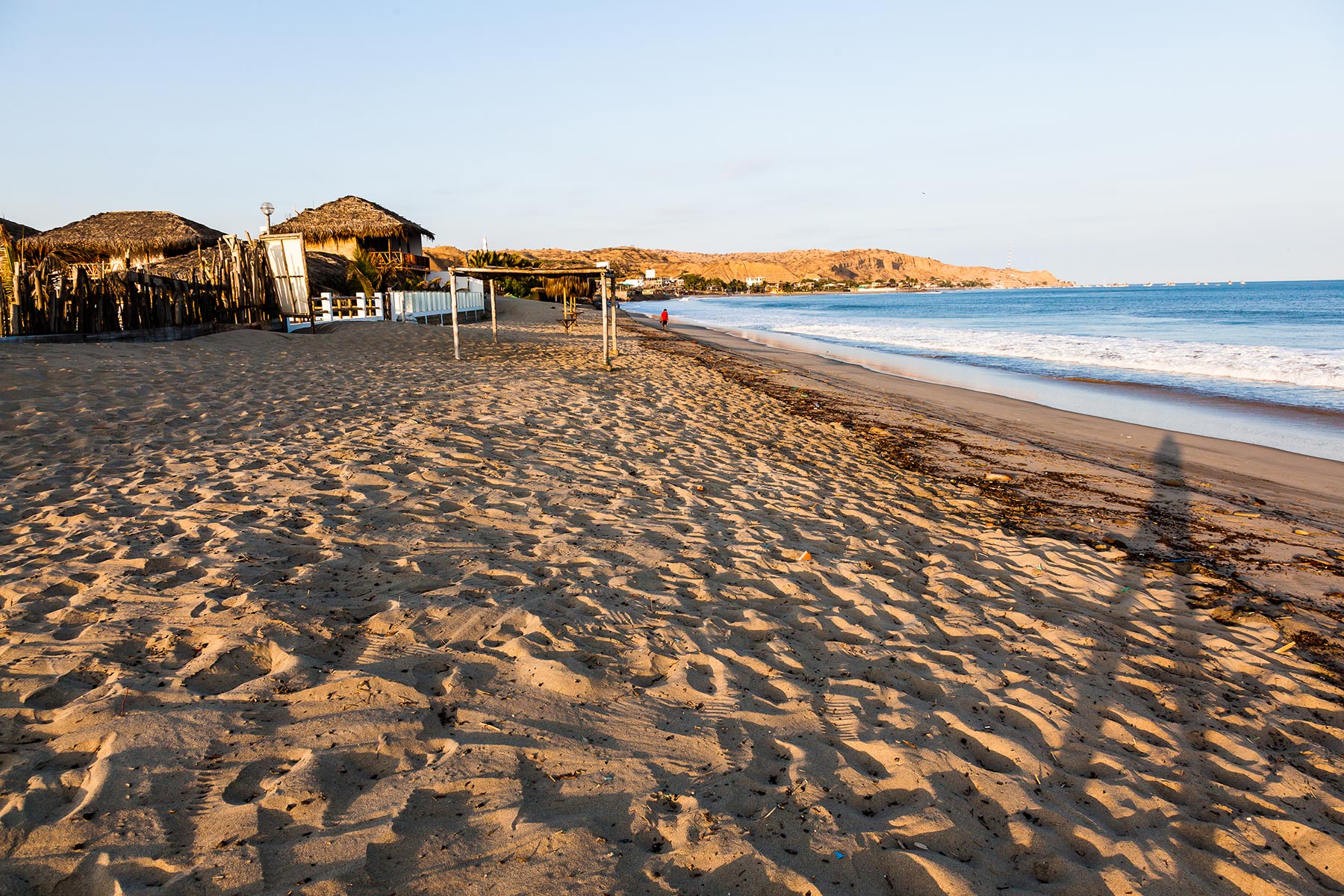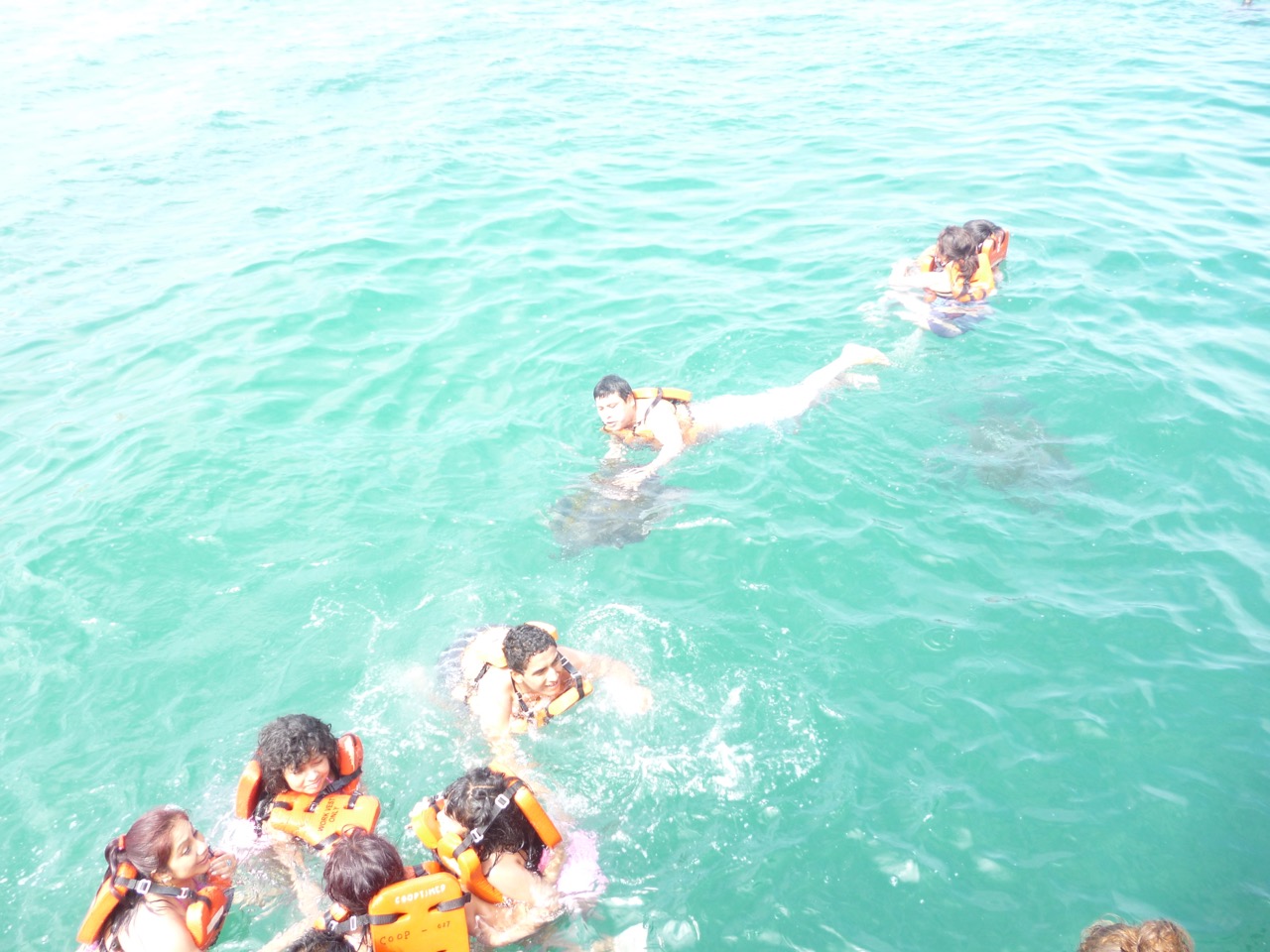Piura
Piura is a coastal region in northwestern Peru. The region's capital is Piura and its largest port cities, Paita and Talara, are also among the most important in Peru. The area is known for its tropical and dry beaches. The country's latest decentralization program is in hiatus after the proposal to merge departments was defeated in the national referendum in October 2005.`{`1`}` The referendum held on October 30, 2005, as part of the ongoing decentralization process in Peru, to decide whether the region would merge with the current regions of Lambayeque and Tumbes to create a new Región Norte was defeated.


Piura is host to a stunning mestizo culture, since all races mix here. Local Piuranos have a different accent from their neighbours at both sides since: they tend elongate their syllables in a similar ways to northern Mexicans. Piuranos have their own proud slang. Locals for example, call themselves Churres (popular term used for a young Piuran or northern person).
Piuranos are characterized by their witty minds, melancolic Tondero music and welcoming personalities. Like many Peruvians, they enjoy drinking chicha de jora, pisco or beer and many of them have a tendency towards creativity and art as their source of income.
Gastronomical dishes like the Piuran Secho de Chavelo (the capital’s dish), Algarrobina cocktails, many types of ceviches and other seafoods like Majarisco and Pasao al Agua are famous. Piura is famed for its natilla sweets as well.
The warm climate of this region forbids hard labour from 1:00 p.m. to 4:00 p.m., so it is common tradition to take siestas and better to wake up early to get important stuff done before noon.
Processions and religious folk are passionately practiced by some of the locals. One of them is Cristo de Ayabaca.
Popular crafts are the Chulucana Pottery and handy hats and silversmith arts made from the Catacaos Province.
Northern cowboys can still be seen today wandering the deserts of Sechura, Catacaos and the forests of Morropon transporting their goods using donkeys and mules. They seem to resemble physically the “American Southwest” cowboys, or Argentinian gauchos and Mexican charros. They are noted not only for their abilities to sing and play Cumanana and Tondero but as silversmiths that work the beautiful filigree earrings, leathers, hats, wooden and silver utensils of Catacaos region.
Good to Know
Read the basic info and also some fun facts about Piura! Here you will find everything you should know about Piura city!
Our pics
Enjoy the pics from our own trips in Piura.
Leave a Reply
Do you have some comments or questions for us? We’d love to hear from you! Don’t be shy! Feel free to drop us a message!





